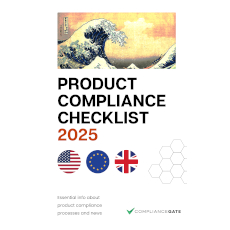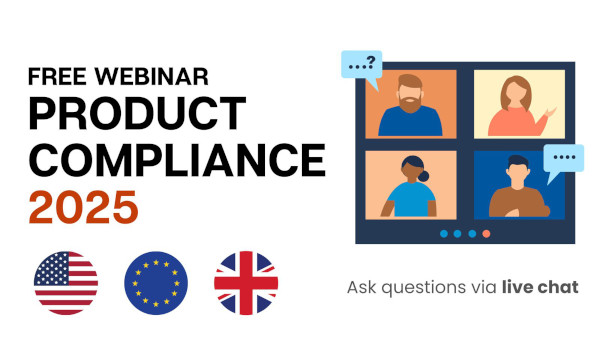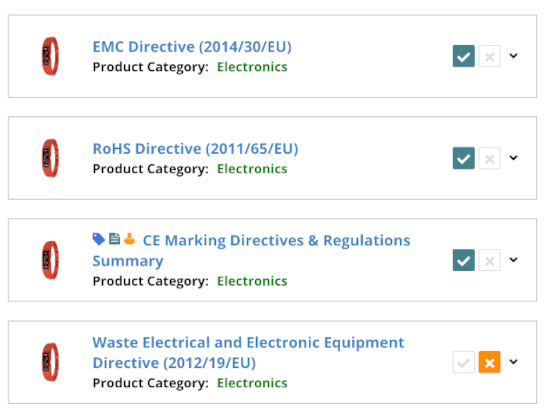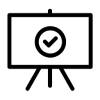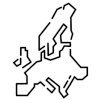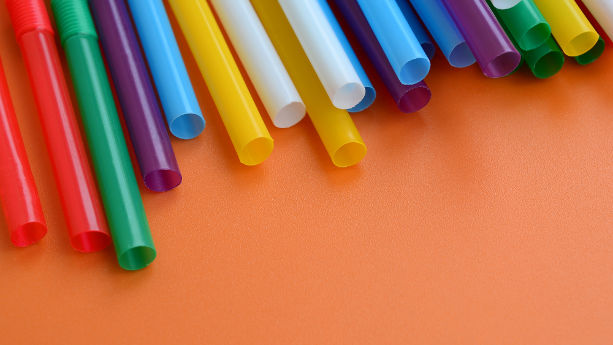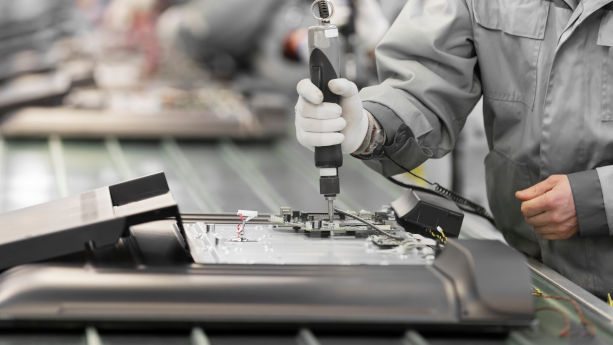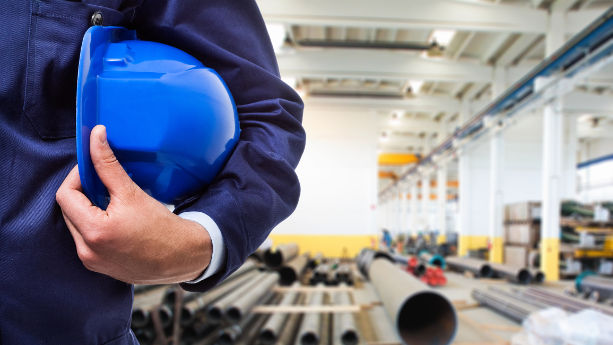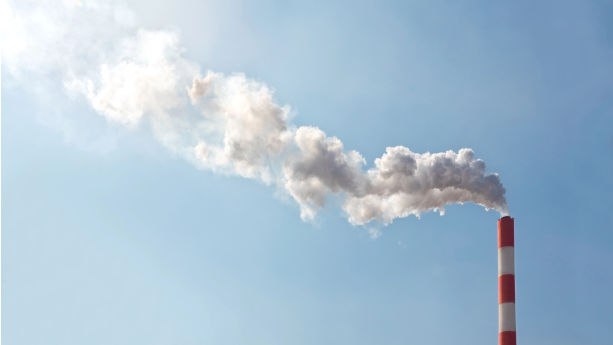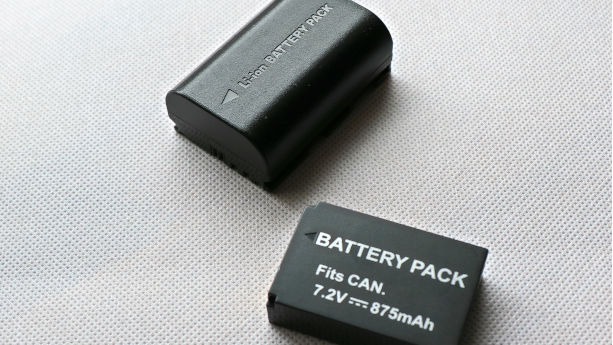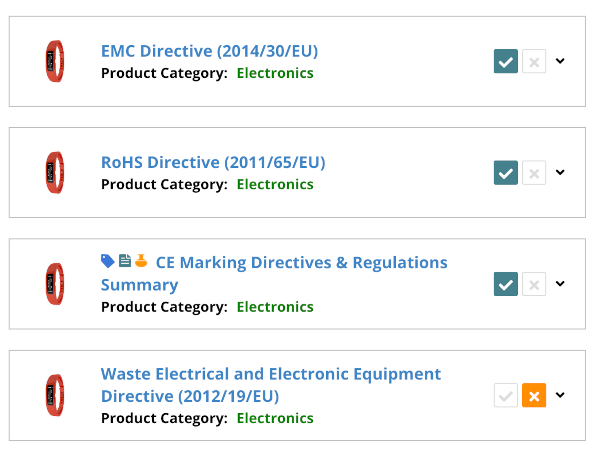The CE marking indicates that a product is compliant with the requirements of relevant CE marking directives and regulations. Such directives and regulations apply to a wide range of products, including electronics, toys, helmets, sunglasses, and medical devices.
In this guide, we list directives and regulations for which the CE marking is required. Each section includes product examples and requirements that EU importers and manufacturers must be aware of.
Recommended Articles
Continue reading List of CE Marking Directives and Regulations: An Overview


